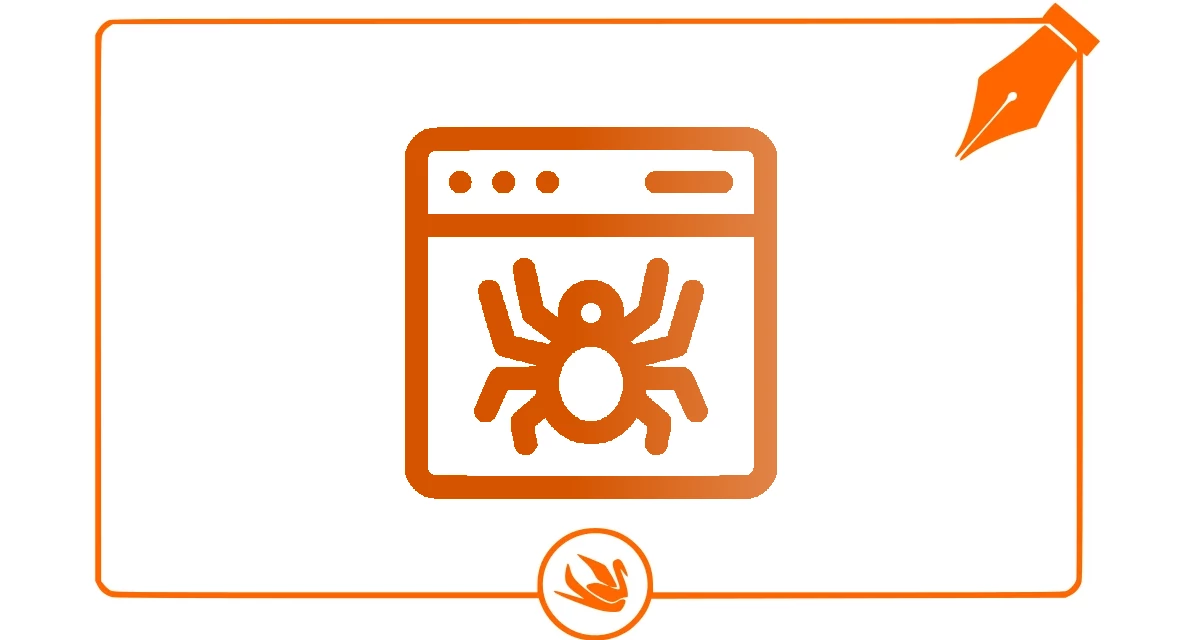A client asked me to create a web page to show to their partners but he wants this page not to be indexed in search engines and, in particular, to be invisible to Google.
Table of Contents
- Why create web pages that should not be indexed in Google or ask for them to be excluded from the index?
- How to exclude a website page from Google indexing?
Why create web pages that should not be indexed in Google or ask for them to be excluded from the index?
The reasons for not having a new web page indexed or for having a web page removed from Google’s indexing can be different.
Here are some examples:
- Work in progress pages or draft pages. These pages are not yet ready for public viewing.
- Error pages or maintenance pages. These pages appear when something goes wrong on your site.
- Personal or private pages. These pages are not intended for the public.
- Pages that are not relevant to your business. These pages may lower your site’s ranking in search results.
- Pages that violate Google guidelines. These pages could be penalized by Google.
Here are some specific examples of web pages you may want to exclude from indexing:
- Thank you or order confirmation pages. These pages are not important to users and can be easily found through referral links .
- FAQ pages. These pages are often used to provide basic information to customers, but are not necessary for search.
- Download pages. These pages can be indexed, but do not need to be.
- Blog pages. If you have a blog, you may want to exclude some posts on your site from indexing. For example, you may want to exclude posts that are outdated or not relevant to your business.
The decision to exclude a web page from indexing is a personal decision. You will need to consider your specific needs and the reasons why you want to exclude the page.
Here are some tips for deciding whether to exclude a web page from indexing:
- Consider the content of the page. Is the content on the page relevant to your business? Is it important for users?
- Consider the page’s audience. Is this page intended for the public? Is it appropriate for the public?
- Consider your site’s goals . Will page indexing help you achieve your goals?
If you are unsure whether to exclude a web page from indexing, it is always best to seek advice from an SEO professional .
How to exclude a website page from Google indexing?
To exclude a web page on your site from Google indexing, you can use one of the following methods:
Add a noindex meta tag to the page header.
The noindex meta tag is an HTML tag that tells search engines not to index a page. To add a noindex meta tag to your page, add the following code to the page header:
<meta name="robots" content="noindex">Add an X-Robots-Tag HTTP header.
The X-Robots-Tag HTTP header is an HTTP header that tells search engines not to index a page. To add an X-Robots-Tag HTTP header to your page, add the following code to your web server configuration file:
X-Robots-Tag: noindexProtect the page with a password.
If you protect the page with a password, Google will not be able to access and index it. To protect the page with a password, add a .htaccess file to the page directory and add the following rules:
AuthType Basic
AuthName "Area riservata"
AuthUserFile /path/to/.htpasswd
Require valid-userUse a robots.txt file.
The robots.txt file is a text file that contains instructions for search engines on which pages on your site should be indexed. To exclude a page from the robots.txt file, add the following line to the file:
User-agent: *
Disallow: /pagina-da-escludere/If you have a website operated by a CMS, such as WordPress or Joomla , there may be a built-in way to exclude pages from indexing. Consult your CMS documentation for more information.
Once you have excluded the page from indexing, Google will take a few days to update its index.
You can check if the page is still indexed by running a Google search with the page’s URL. If the page doesn’t appear in search results, it means it was successfully excluded.
Sign up for the newsletter. Stay updated!
We will send you periodical important communications and news about the digital world. You can unsubscribe at any time by clicking the appropriate link at the bottom of the newsletter.


Leave a Reply